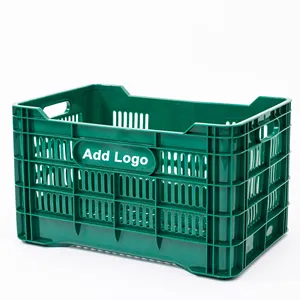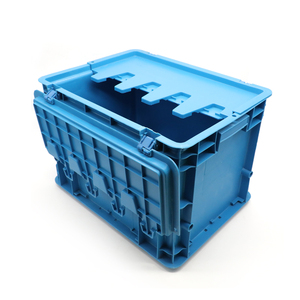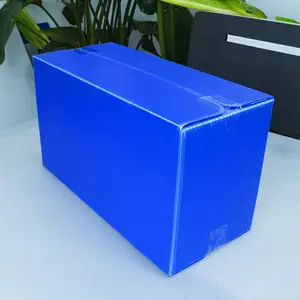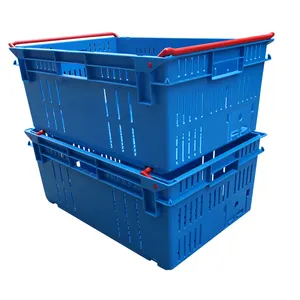Introduction to Stackable Fruit Crates
Stackable fruit crates are an essential component for the efficient transport and storage of fruits in various sectors of the agriculture industry. These crates are designed to maximize space and preserve the quality of the fruits during handling and shipping.
Design and Functionality
The design of stackable fruit crates is focused on durability and space optimization. With interlocking features, these crates can be easily stacked, reducing the footprint in storage areas and during transportation. The ventilation provided by their structure ensures that the fruits remain fresh for longer periods, minimizing waste due to spoilage.
Materials and Sustainability
Constructed from materials such as plastic, wood, or recycled materials, stackable fruit crates are designed for repeated use. The choice of material often reflects the need for strength, hygiene, and environmental considerations. Plastic variants, for instance, are easy to clean and resistant to moisture, making them ideal for various climatic conditions.
Versatility in Applications
Beyond their primary use in the agricultural sector, stackable fruit crates have versatile applications. They can be repurposed for organizing tools in a garage, as part of a home decor for a rustic look, or even for pet owners who need a secure space for their pets during travel. Their robust structure ensures that they can handle a variety of uses beyond their initial purpose.
Advantages for Suppliers and Buyers
Suppliers and buyers benefit from the use of stackable fruit crates due to their reusability and ease of handling. These crates contribute to a reduction in packaging costs and are an eco-friendly option compared to single-use alternatives. Additionally, the uniform size and shape facilitate automated handling systems, streamlining operations for suppliers.
Choosing the Right Crate
Selecting the appropriate stackable fruit crate involves considering the size and weight of the fruit, as well as the conditions of transport. It is important to assess the compatibility of the crate with existing storage and transportation systems to ensure a seamless integration into the supply chain.









































 浙公网安备 33010002000092号
浙公网安备 33010002000092号 浙B2-20120091-4
浙B2-20120091-4